Overview
The AT24C16B is a serial EEPROM with a storage capacity of 16K. It uses I2C interface to communicate with microprocessor. The controller can write data to this memory up to 1 million cycles, with a 100 year data retention.
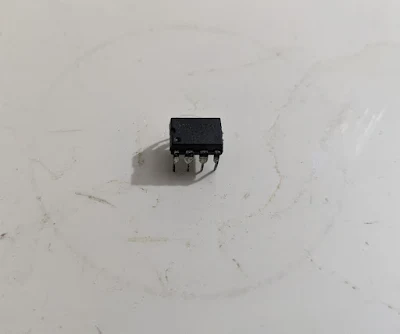 |
| AT24C16B DIP 8 |
For more details about this chip you can check its datasheet.
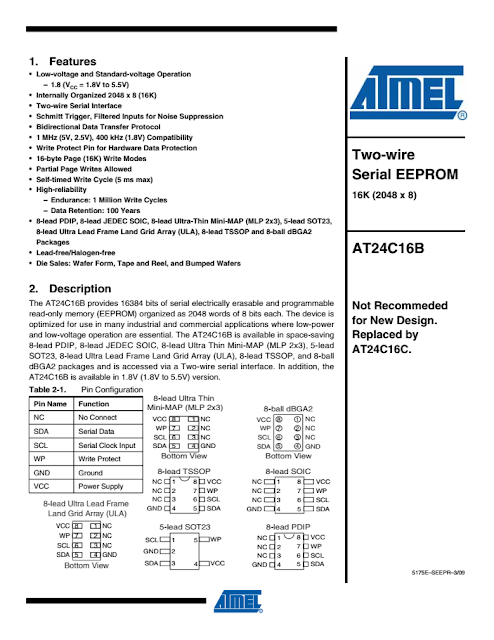 |
| Features |
Write Protect (WP) pin must be wired to GND to allow data read and write. The operating voltage is between 1.8V to 5.5V DC.
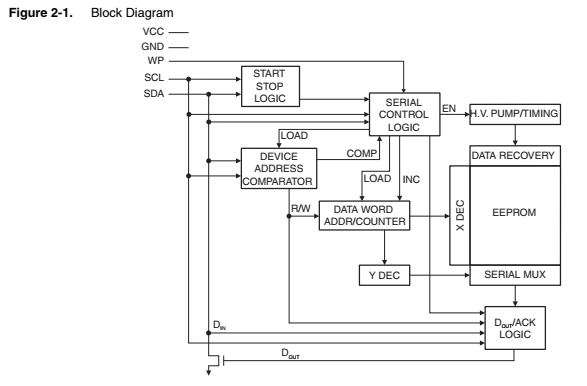 |
| Block Diagram |
This device is internally organized with 128 pages of 16 bytes each, the 16K requires an 11-bit word address for random word addressing.
 |
| Device Address |
With page 0 addressing we can use 0xA0 for I2c Write and 0xA1 for I2C Read.
PIC16F887 XC8 Programming
In this example, I use a PIC16F887 micro-controller to write and read data to and from this EEPROM chip. Those ASCII data will show on a 16x4 character LCD.
This I2C EEPROM chip requires a read and write time between 5ms and 10ms. On start up, It will need to wait for a little time. I use 100ms delay at start up.
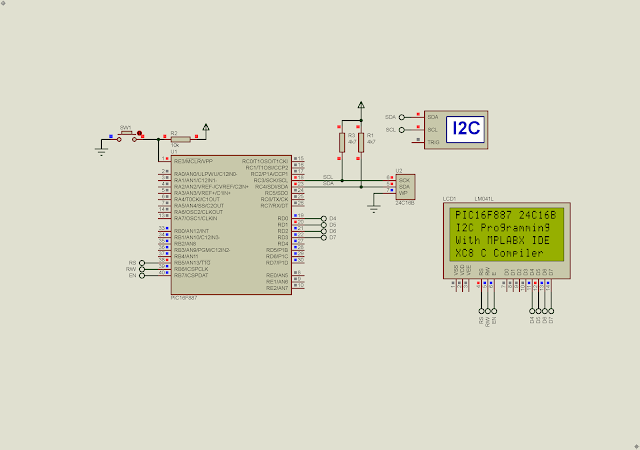 |
| Proteus Simulation |
Proteus simulation creates a good result. However using a real hardware we need to fix all related issues.
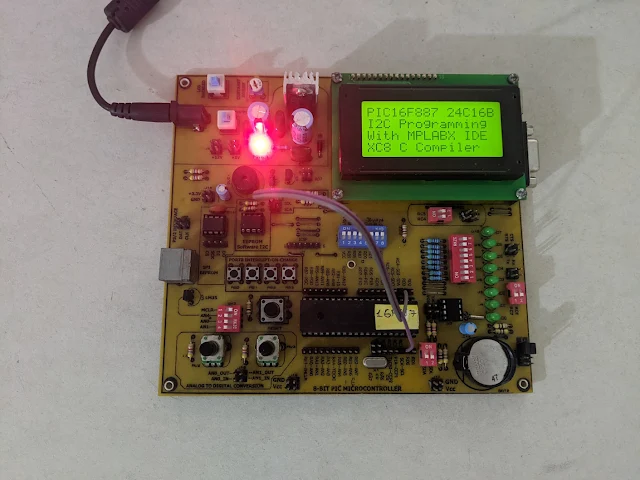 |
| PIC16F887 DIY PCB |
Click here to download its source file.
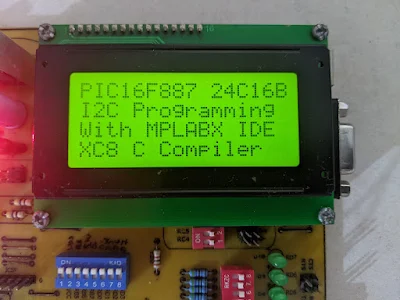
No comments:
Post a Comment